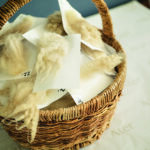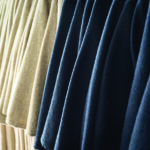A childhood fashion dream led to this Otago’s woman’s thriving sustainable coat company
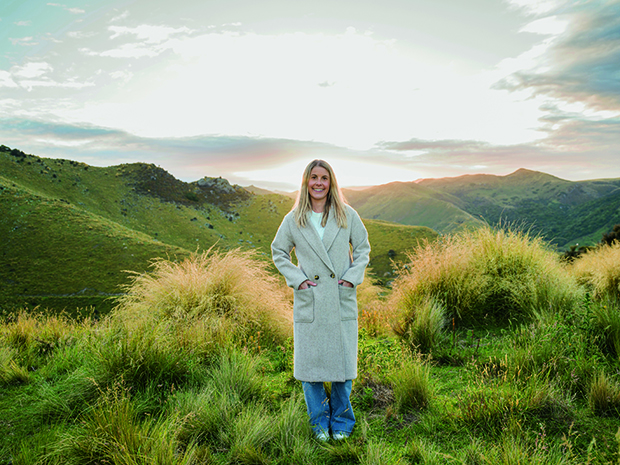
Georgina Lawson on the family farm in East Otago modelling Atér’s original long coat.
An Otago woman’s quest to find the perfect locally made woollen coat turned into a sustainable fashion brand starring the wool from her own sheep.
Words: Claire Finlayson Photos: Rachael McKenna
Not so long ago, there was a room in Georgina and Willie Lawson’s house from which sons Ardie (7) and Freddie (5) were banned. The forbidden goods inside? A long row of winter coats that, to fertile young minds, looked enticingly like those you had to push past in The Lion, the Witch and the Wardrobe to get to Narnia.
The coats are Georgina’s new venture. They’re made of wool from the backs of the romdale sheep the couple farm on Moana — a hill-country farm in Merton, 25 minutes north of Dunedin. So, what did the couple’s young sons think when that first consignment of 97 coats arrived for Mum? “Just more things to swing on, probably,” says Willie. Georgina says they were itching to play hide-and-seek under those coats. “They’re not allowed near them.”
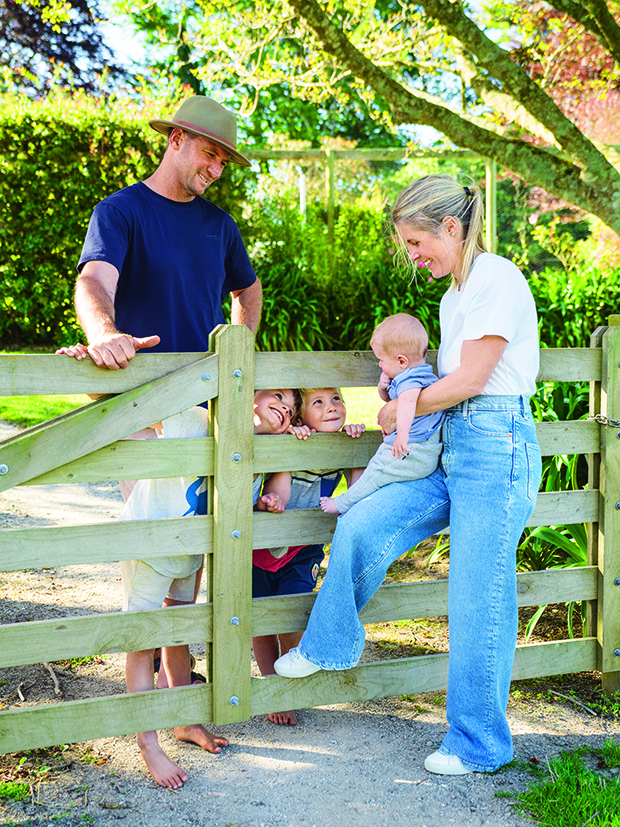
Willie, Ardie, Freddie, Darcy and Georgina.
Georgina is a sonographer by profession, but since the birth of three sons (the youngest, Darcy, was born in August last year), she’s had time at home on the farm to watch the sheep model one of nature’s best superfibres. “I wanted to help raise the profile of the New Zealand coarse wool industry and show that it isn’t necessarily just for carpets — that coarse wool can also be utilised in high-end fashion.”
She’d also been looking for a decent winter coat since she and Willie returned from their OE in 2011. “When we lived in London, we were outside a lot — busing or taking the train to work. Everyone dresses for the weather there, so we got into it, too. I was used to seeing a range of coats in every shop.”
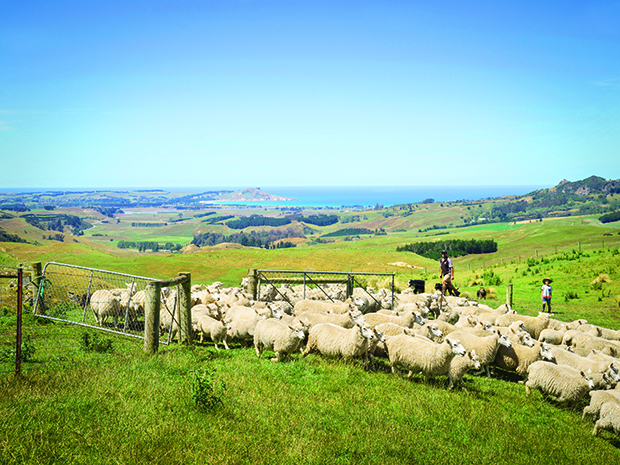
Some of the Moana farm romdales — the inspiration for Georgina’s outerwear range.
Georgina’s new coat business — at the moment limited to two styles — was also a cunning way to live out a childhood dream. The brand name — Atér — gives clues about the genesis of her keenness for fashion design. Read it backwards, and you have the name of the person who hooked her on sewing: her late nana, Reta. “We spent much time sitting and sewing together when I was young. It was fun. I would draw pictures of things, and then she’d make them for me. I liked to believe I was a fashion designer. I even had a wee folder with all my drawings in.”
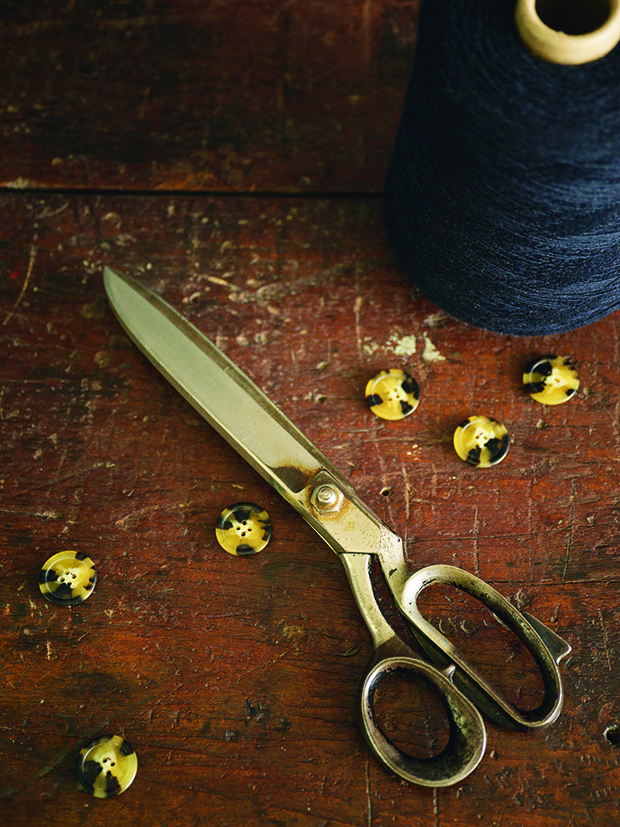
Nana Reta’s old scissors are still in service. When asked what she thinks her grandmother would have felt about a fashion range named in her honour, Georgina says, “Nana would have said, ‘Oh don’t be silly’ but would have been quietly chuffed.”
Reta was a formidable taskmaster, though. Wedding dresses were her speciality, so she had a ruthless eye for well-executed details. “When she made me sew things, it would be, ‘Unpick this’ and ‘That’s not right.’ When I got into designing these coats, I had her voice in my head telling me, ‘Do this’ or ‘You can’t do it like that.’” This strict supervision has likely paid off: with Reta setting up shop as quality-control officer in Georgina’s mind, there was no chance of dire draping or wonky seams on Nana’s namesake coats.
Managing the internal “Reta meter” was a cinch compared with finding a viable production line from hogget to hanger. Georgina assumed that making a 100 per cent grown, designed and processed coat in New Zealand would be a doddle. “It was hard. When I was trying to get my coats made here, people kept saying, ‘Why don’t you just send your wool overseas?’ But that defeats the purpose.”
Why is it so difficult for one of the most significant wool-producing nations in the world to process its own fibre? “The costs are too high, and the factories and mills have all shut down”, says Georgina.
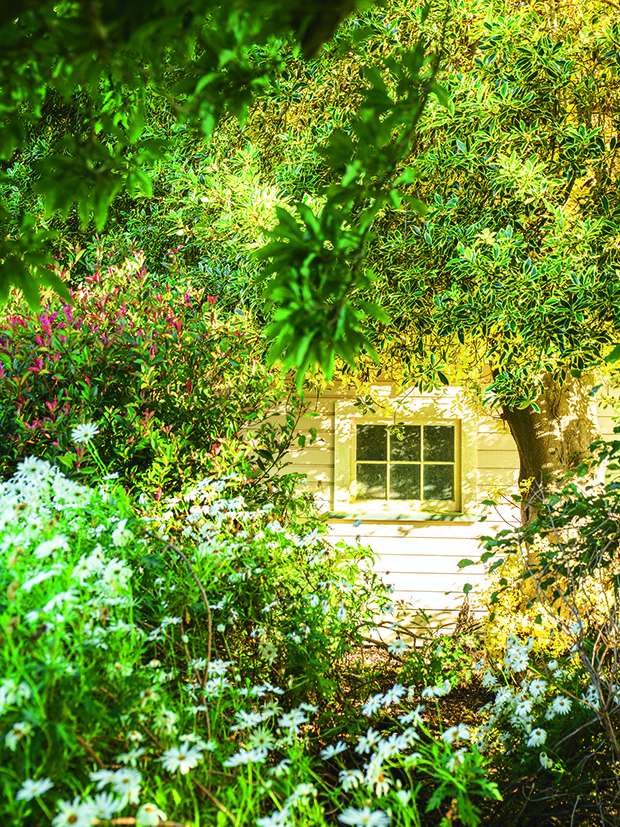
“The wool is mostly exported to places such as China — where most processing plants are. There are much cheaper options if I wanted to send the wool to Australia, China or India but that goes against the ethos of what I had set out to do. It’s sad. It does feel like an obstacle.”
Willie has long been wise to wool’s capricious fortunes. The third-generation family-run sheep and beef farm that he and brother Rob split between them in 2017 used to be run by their father Jim, and has been in Lawson hands since 1950. Willie and Georgina farm 5000 stock units (70 per cent sheep, 30 per cent cattle) and say the switch in focus to the meat side of sheep farming was entirely market-driven.
“Wool prices have been in decline for a while now, and then Covid-19 put the real nail in the coffin.” says Willie. “It got so low that it was just an out-and-out cost to produce and to shear. Shearing is an annual/biannual animal welfare process, so you have to do it anyway.”
He says the price decline has led some farmers to self-shedding sheep. The wool on breeds like dorpers and wiltshires doesn’t grow as much and self-sheds. “There’s been a decrease in the national flock, too. Thirty years ago, it was about 70 million sheep. We’re at about 25 million now. The manufacturing has gone out at the same time that the clip has gone down.
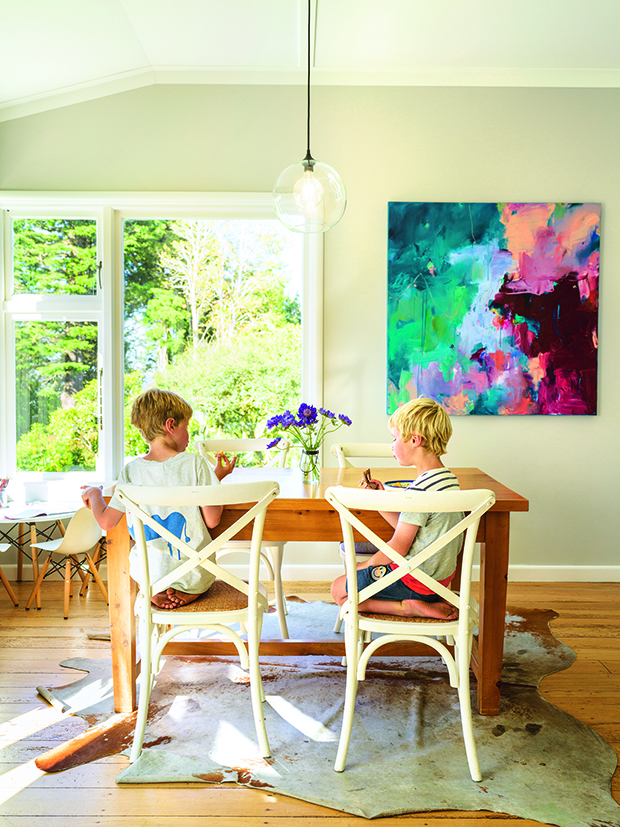
“Another thing that’s hampered the wool industry globally is the naivety around wool itself and how it comes off the sheep,” says Willie. “If you asked a lot of people outside New Zealand, they think you have to harm a sheep to get the wool off. They’re not educated about it. Many people don’t understand that it’s for the sheep’s benefit.”
- The property is ideal for a family with three sons and a dog.
None of this put Georgina off her coat quest. “I’d seen the wool prices going down and kept moaning about it.” It vexed her that a fibre with such a stellar report card (100 per cent natural, renewable and biodegradable) had to go on a tiki tour around New Zealand before it could even dream of becoming a garment. But it also strengthened her resolve: “I thought, ‘Okay, I can do this.’ I spent a year investigating and discovered only one place did each part of the process at a commercial level, and it was spread throughout the country.
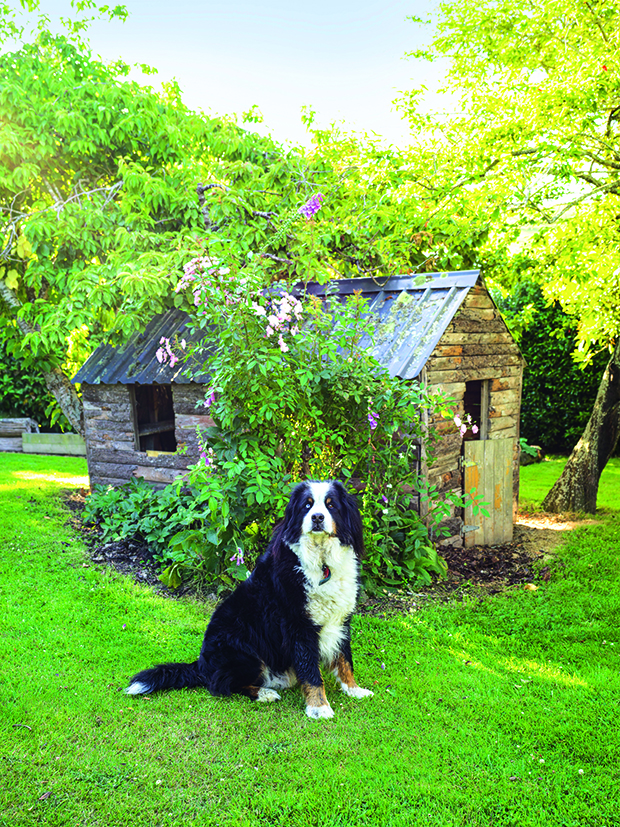
Sinclair, the bernese mountain dog, was a wedding present. The couple named him after the London street they once lived in.
“Finding it was hard. I just tried to break it down and work out what I needed to get to the end product.”
The first step was easy: getting her husband to surrender 420 kilogrammes of hogget wool (the best type for weaving and using in garments due to its finer micron and longer length). The farm’s annual clip comes in at about 12,000 kilogrammes; Georgina took a modest five per cent. The rest is sold to Wools of New Zealand (a company that’s now producing competitively priced woollen carpets in a bid to outmanoeuvre synthetics).
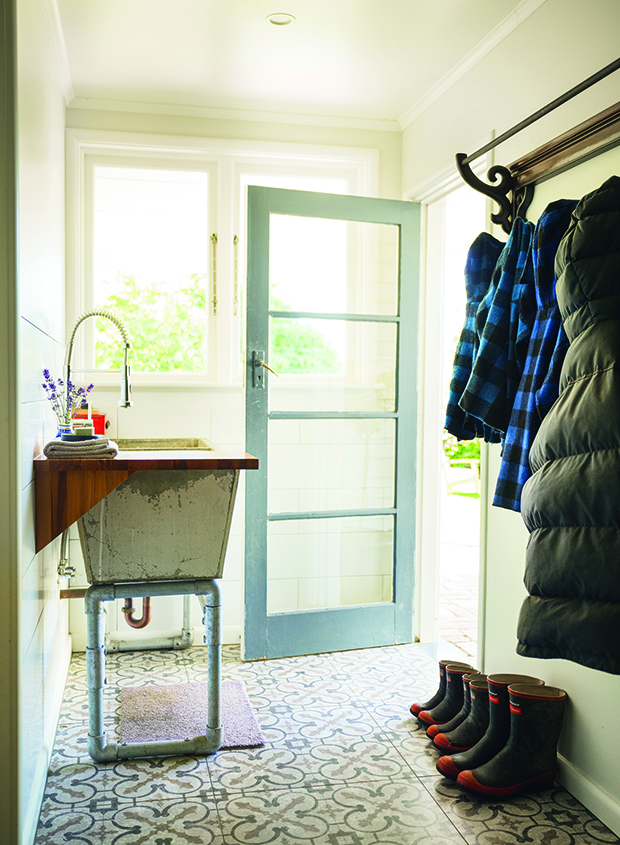
“When we moved to the farm, we renovated the original homestead. We didn’t have to do too much structural work but flipped the living areas to the northern end of the house. We repurposed the original kitchen wooden benchtop and concrete laundry tub for the mudroom area.”
She sent the wool from Otago to Tīmaru to be scoured, then to Wellington to be spun and dyed, and finally to Auckland to be woven, cut and sewn. Having put so much effort into plotting the meandering manufacturing course of her coats, Georgina knew the design had to earn its keep: it needed to be timeless. “I’ve always loved investing in quality over quantity and wanted to stick to this ethos when making these coats.”
Her first coat design was a way of testing the waters. If Georgina can get costs low enough by next season, she’ll look to use the entire hogget clip and start selling her Atér coats to retailers wholesale (she’s already signed up with Hype boutique in Dunedin). She’s putting faith in those consumers who have the means to thwart the juggernaut of fast fashion and pay for something with eco-provenance.
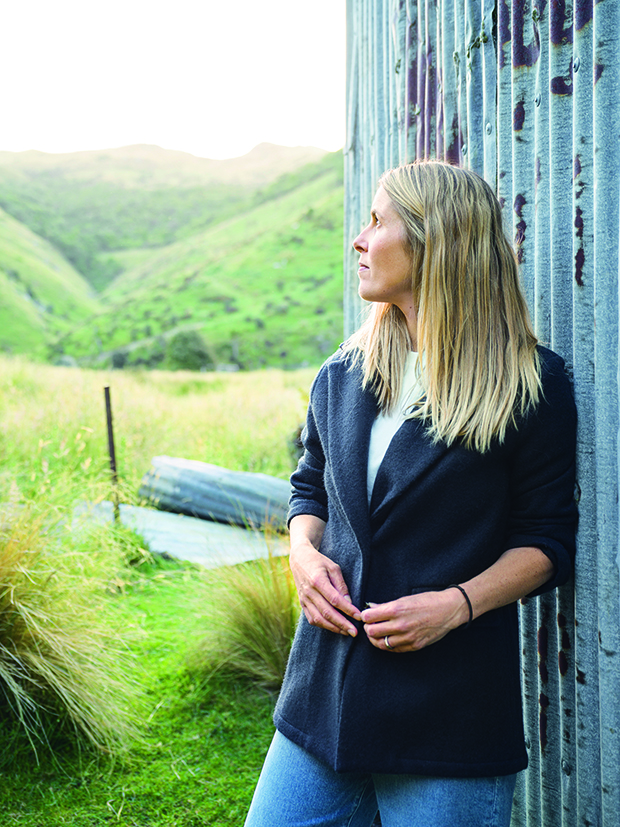
Her latest blazer style.
“When more people understand the sustainability values around the industry, it’ll hopefully be a different story for wool,” says Willie. It’ll be a different story for Ardie, Freddie and Darcy, too. If Mum’s many coats are in other people’s closets, it’ll relieve them of hide-and-seek temptation.
GEORGINA ON ACHIEVING WOOLLY ELEGANCE
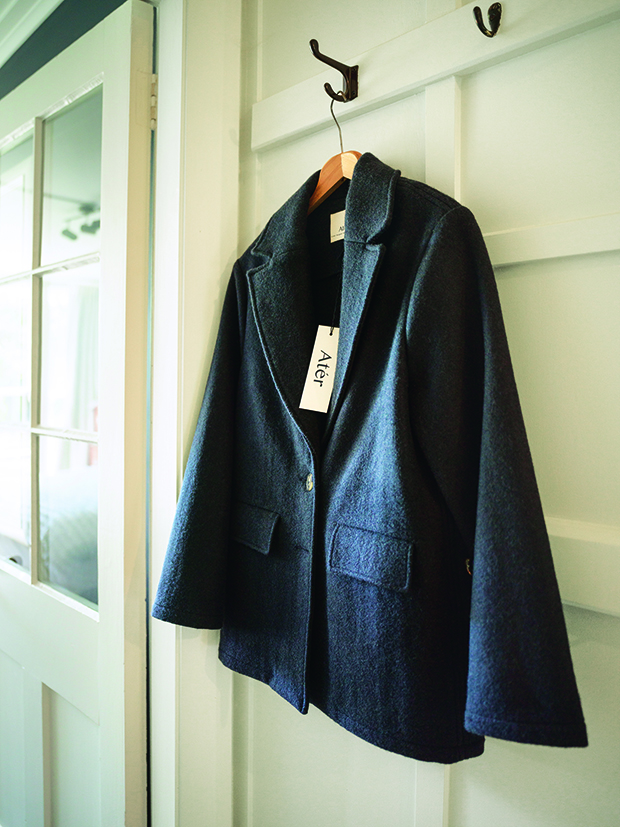
“I kept an eye on London, Paris and New York Fashion Weeks. Classic English style was a big influence. I knew the ‘finishings’ I was after. This was the challenging part. I wanted the coat unlined with simple, clean finishes on the inside. I’d seen this in coats manufactured offshore but not in New Zealand. So, there were many discussions between my pattern maker, manufacturer and myself about how this could be done. I spent endless hours googling and learning how to sew ‘invisible’ seams. In the end, my manufacturer said, ‘Let’s just give it a try and see if it works.’ The main issue was the thickness of the woollen fabric/cloth — we weren’t sure if the seam would end up too bulky. But the trial worked, and I love the result of this detail. It’s one of the main things people comment on when they look at my coats. It’s funny how some of the biggest challenges have ended up yielding the most admired aspects of the design.”
Love this story? Subscribe now!
 This article first appeared in NZ Life & Leisure Magazine.
This article first appeared in NZ Life & Leisure Magazine.
